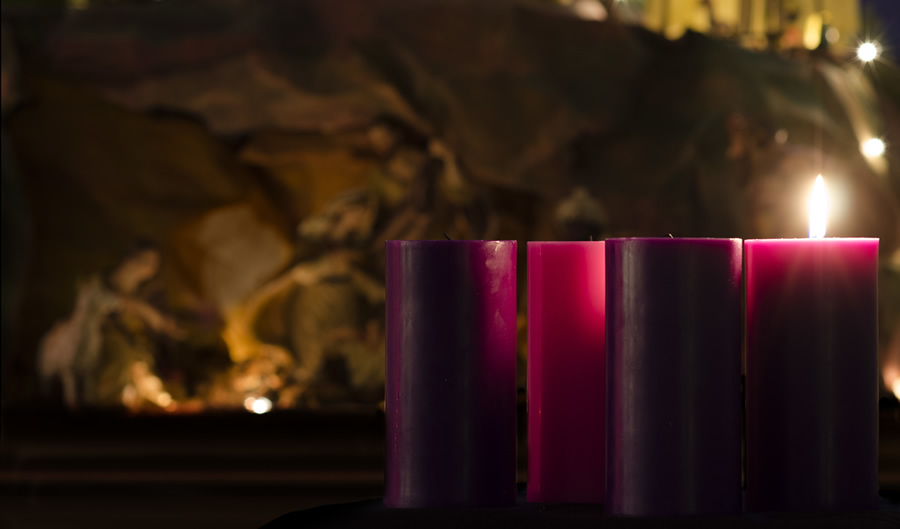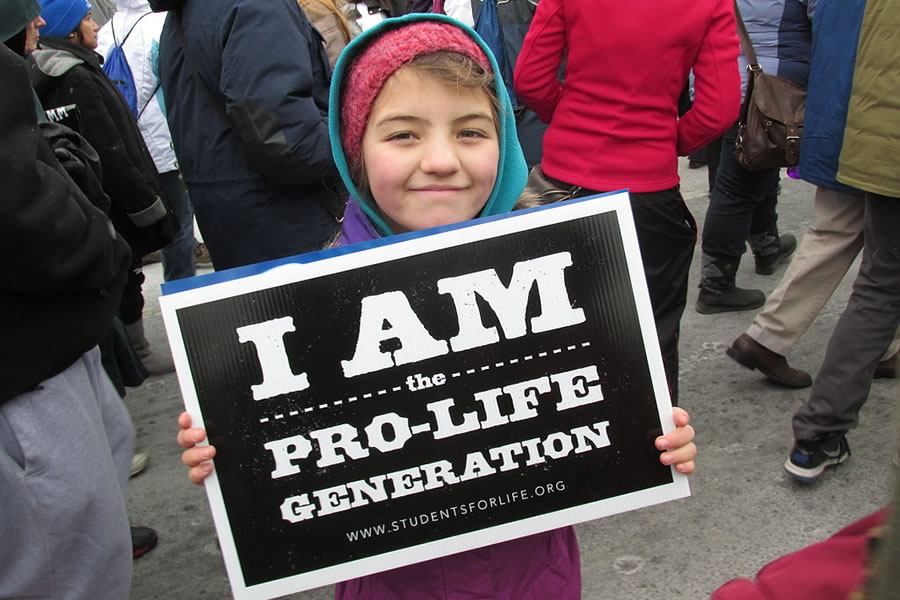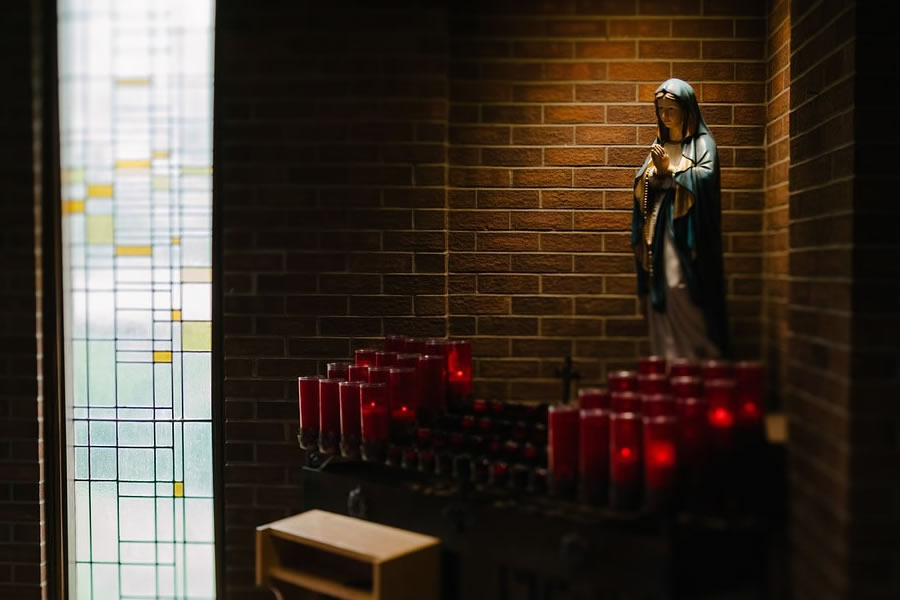
Some Light On An Ongoing Debate
11-28-2021Weekly ReflectionIn the news there has been the issue of the President actively supporting abortion and promoting it while claiming to be a good Catholic and whether he should be denied Communion? Years ago (2006) however there was a so-called "statement of principles" by 55 Catholic Democrats in the U.S. House of Representatives. The signatories of the letter stated that "we seek the Church's guidance and assistance but believe also in the primacy of conscience."
READ MOREThere’s Language ….And Then There’s Sacred Language
11-21-2021From the desk of Fr. VillaJohn Byron KuhnerThere was a recent article in Inside the Vatican September-October 2021 wherein the author John Byron Kuhner raises the question how does language operate in the liturgy? He then asks the provocative question: why wouldn’t we want our prayers and Mass in the mother tongue instead of Latin? In answering this question he raises the notion not simply of language but what’s called hieratic or sacred language. A couple of bullet points from his essay:
READ MORE
Forgotten Customs of Martinmas and St Martin’s Lent
11-14-2021Weekly Reflection(This past November 11 we celebrated Veteran’s Day which is also the feast of St. Martin of Tours a former soldier who left the army to follow Christ. Here an edited version of the essay by Matthew Plese. For the full essay go to onepeterfive.com)
…Armistice Day is kept in honor of the ending of World War I which concluded on the 11th hour of the 11th day of the 11th month. In 1954, the United States amended the holiday to include a remembrance of all the living and the dead of the nation’s veterans. And the name was subsequently changed to Veteran’s Day on June 1, 1954.
READ MORE
The Four Last Things
11-07-2021Weekly ReflectionI. The Particular Judgment
1021 Death puts an end to human life as the time open to either accepting or rejecting the divine grace manifested in Christ The New Testament speaks of judgment primarily in its aspect of the final encounter with Christ in his second coming, but also repeatedly affirms that each will be rewarded immediately after death in accordance with his works and faith. The parable of the poor man Lazarus and the words of Christ on the cross to the good thief, as well as other New Testament texts speak of a final destiny of the soul - a destiny which can be different for some and for others
READ MOREThe Saint Paul the Apostle Purgatorial Society: What Is It?
11-05-2021From the desk of Fr. VillaIn the history of the Church there have been associations of the faithful called Purgatorial Societies. Purgatorial societies are Catholic associations or confraternities which aim to assist souls in purgatory to get to heaven. One of the crises following the Second Vatican Council was ceasing to preach and teach the doctrine of the Church about souls in Purgatory and clergy and people starting placing the deceased at funerals in heaven, which is really Protestant doctrine.
READ MORE
Halloween
10-31-2021Weekly ReflectionIs Halloween part of a Catholic feast day?
Halloween is a derivative of All Hallow’s Eve, Hallows being an old English expression for saints, een being a contraction of evening, hence the evening of All Saints Day, the latter being a Solemnity and a Holy Day of Obligation. This is an ancient feast established by the Church in the eighth century. Therefore, this is truly a very special Catholic feast day.
READ MOREThe Patricians: Who Are They?
10-24-2021Weekly ReflectionThe Society of the Patricians was established in 1955. Its purpose is to build up the religious knowledge of the people, to teach them how to explain themselves and to encourage them to apostleship. Its method was intended to be experimental but it has remained unchanged. Though minds were busy at first in proposing alterations, it is realized that all of these were but reversions to other established methods, such as the catechism class, the lecture system, the question and answer session. These have their own essential place, but they do not cope with what is probably the root problem of the Church: adult religious ignorance and the paralyzed tongues of the laity. The Patricians has been showing itself effective in that field and therefore must be jealously safeguarded.
READ MORECatechism on the Angels Part II
10-20-2021From the desk of Fr. VillaFr John Hardon S.J.8. What was the grace which the angels possessed when they were created? It was sanctifying grace. It was a supernatural gift of God which gave them a share in the divine nature along with a title to inherit the Kingdom of God in the beatific vision. Associated with sanctifying grace, the angels also received the infused virtues and gifts of the Holy Spirit, together with a right to those actual graces which were necessary to preserve and increase the supernatural life.
READ MORE
Cognitive Dissonance in the Church?
10-17-2021Weekly ReflectionThe dictionary defines cognitive dissonance as follows: the state of having inconsistent thoughts, beliefs, or attitudes, especially as relating to behavioral decisions and attitude change.
On the plane from his trip to Slovakia Pope Francis held a press conference and he said the following:…(A)bortion: it's more than a problem, it's homicide, whoever has an abortion, kills. No mincing words. Take any book on embryology for medical students. The third week after conception, all the organs are already there, even the DNA... it is a human life, this human life must be respected, this principle is so clear! To those who cannot understand, I would ask this question: Is it right to kill a human life to solve a problem? Is it right to hire a hitman to kill a human life?
READ MORE
The Rosary, Lepanto, & Our Spiritual Lives
10-10-2021Weekly ReflectionThis past week (October 7) we celebrated the feast of the Most Holy Rosary and the whole month of October is dedicated to the Blessed Virgin and the Rosary. The Rosary developed in the Middle Ages and was given to St. Dominic. Christians greeted the Virgin Mary with the title, Mystical Rose, the symbol of love and joy. As an expression of this affection her images were crowned with bouquets of roses called a Rosarium, hence the name Rosary. Whoever was unable to recite the Church’s psalms in her prayer book called the Book of Hours would pray as many Hail Mary’s to compliment the 150 psalms.
READ MORECatechism on the Angels Part I
10-07-2021From the desk of Fr. VillaFr John Hardon S.J.Although human reason can reasonably speculate that angels exist, the existence of pure created spirits requires divine revelation to make the fact absolutely certain. Indeed a fair index of sound Christianity is the acceptance of angels as created by God and now living in two states of being: those in heaven who also minister to our needs, and those in hell, who are demons and bent on the destruction of the human race through estrangement from God. Why a catechism on the angels? Because we need one. There is such a preoccupation with human psychology and physiology as almost to exclude the whole world of reality which is at once intelligent and deeply involved in the affairs of men. Even in Christian circles, the complaint has been justly made that "the angels have taken flight from Catholic schools of thought," with only token attention from some professional theologians.
READ MORE
Should I Attend
10-03-2021Weekly ReflectionISSUE: Does the Catholic Church prohibit Catholics from attending weddings that the Church does not recognize? If a Catholic is invited to such a wedding and can attend, is it permissible for him to be in the wedding party? It Depends….The Catholic Church does not explicitly prohibit Catholics from attending weddings whose validity she does not recognize. There are certain moral principles, however, that should be considered before a Catholic decides how to proceed. Most importantly, Catholics must avoid any actions that cause scandal or encourage others to sin.
READ MORE